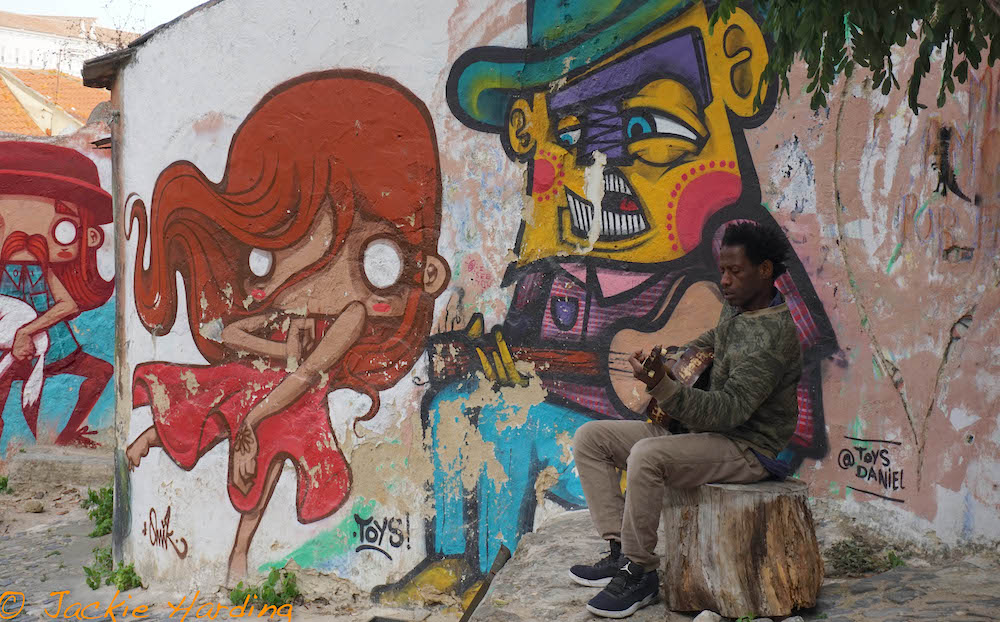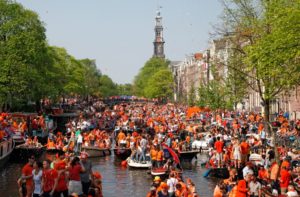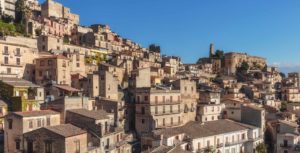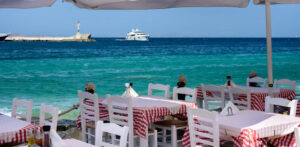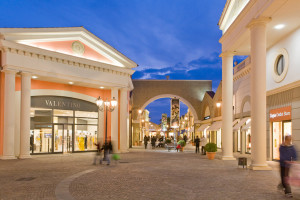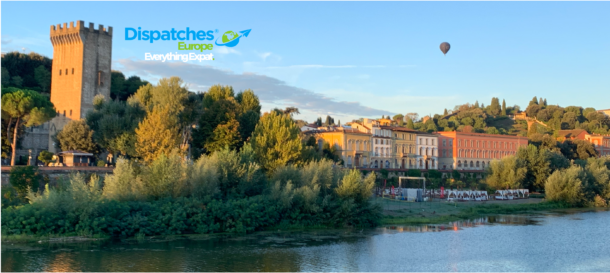Lisbon is becoming more popular as a city break than many of its neighbors due to its good value and its growing reputation as a “foodie” destination. Of course, its high percentage of sunny days and closeness to Atlantic beaches don’t do it any harm either!
The second oldest capital city in Europe is having a resurgence since the European bailout in 2011. It’s a trendy destination for tourists and a popular location for tech start-ups, and the “Golden Visa” program is attracting people willing to invest in properties. The problems that go alongside this are first-world problems … the upswing in tourism is providing jobs and bringing money into the city, but the locals are feeling the downside of this as more properties are rented out to tourists and many people are forced to move out of the city to the suburbs.
The city is a delight to visit, as it’s not lost its feel of a real, working city (in contrast to somewhere like Venice). Around every corner is a photo opportunity or somewhere serving delicious local food.
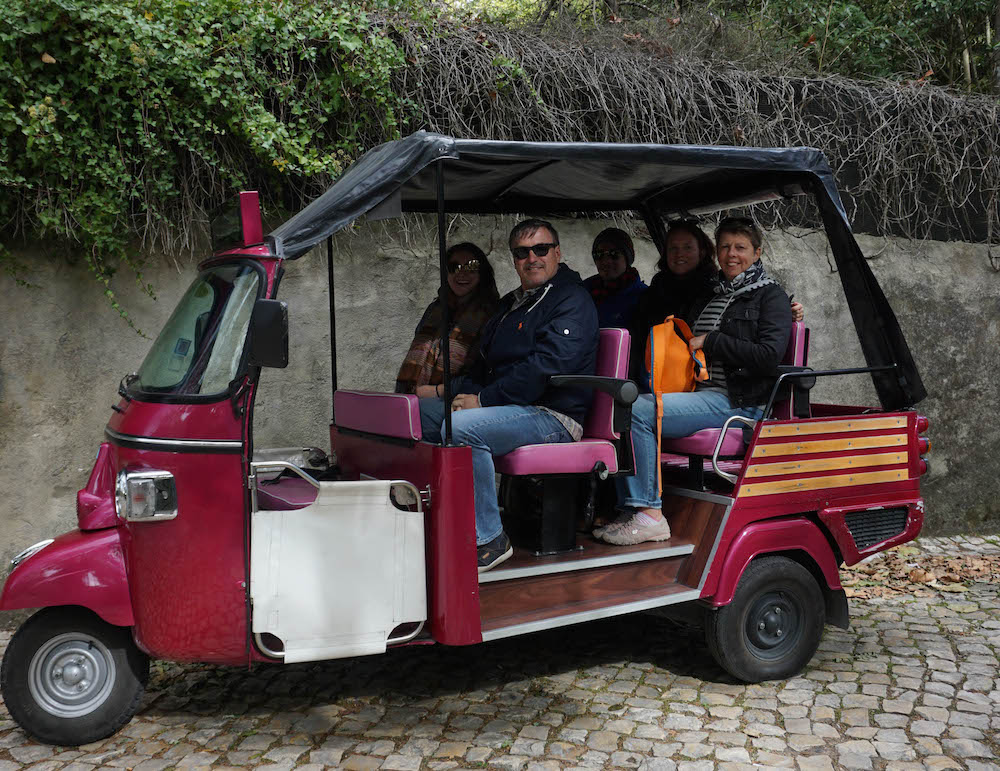
THE AUTHOR (FAR RIGHT) IN A TUK-TUK
The city is built on several hills and makes you work hard as you explore the area but there are nostalgic old trams to ride, noisy but fun motorized rickshaws called tuk-tuks, and hidden elevators to help with those steep hills and never-ending flights of stairs! The walking is essential if you discover the delights of the local pasteis de nata, a custard tart that melts in your mouth in three bites and then demands you eat a second!
On my recent weekend visit I walked everywhere and despite the warnings of rampant pick-pocketing, I thoroughly, and safely, enjoyed my strolls around the city. The locals were welcoming and helpful, and most people spoke English, which was a relief, as I really could not get my head, or tongue, around the Portuguese language.
 The city is divided into several neighborhoods or bairros, each with its own character:
The city is divided into several neighborhoods or bairros, each with its own character:
• Alcântara (the port area);
• Alfama (the oldest district, complete with castle);
• Mouraria;
• Bairro Alto (centre of the hipster scene );
• Baixa (the city centre);
• Belém (along the banks of the Tejo estuary);
• Chiado (the older commercial area)
• and finally Parque de Nações (the newest district).
Each neighborhood has something different to offer and honestly I didn’t explore all of them as I ran out of time and energy … those hills are exhausting!
BAIXA
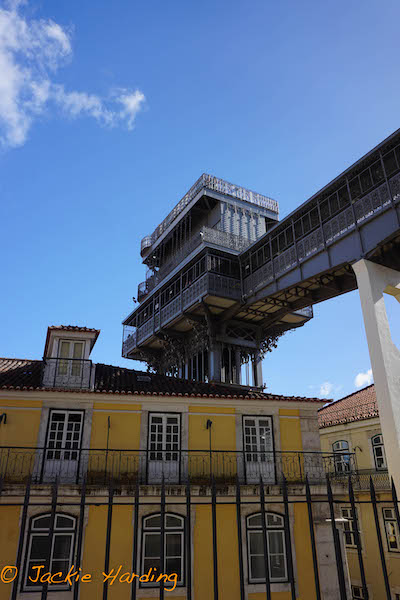 The neighborhood Baixa was shaped by the most terrible day of Lisbon’s history when they had thrown at them on 1 November 1755 an earthquake, a tsunami and to round things off, a firestorm caused by the overturned candles.
The neighborhood Baixa was shaped by the most terrible day of Lisbon’s history when they had thrown at them on 1 November 1755 an earthquake, a tsunami and to round things off, a firestorm caused by the overturned candles.
A massive loss of life occurred and the area was rebuilt in the Baroque style, with plazas and wide boulevards, which now contain quality stores, and whose decorative mosaic sidewalks provide visual gratification, alongside agility if it has rained.
Here you can find the quirky Gothic style elevator, Elavador Santa Justa and, if you are prepared to join the line of tourists and pay five euros, you can ride to the top of this Hogwarts-esque creation for views across the city. (Note that there is a hidden elevator nearby that gets you to the walkway without wasting an hour of your life.)
My restaurant recommendation for Baixa is Sr. Lisboa, a small restaurant that served us truly delectable food…book ahead!
I took a “foodie” walking tour with WithLocals tour guide Silvia, which gave me a great overview of the city and taught me some of Portugal’s history as she tempted me with delicious local specialties such as:
• Ginja, the sour cherry liquer;
• Alheira, a chicken sausage created by the Jewish population so they could blend in with the pork eating locals;
• some of the delicious cheeses such as Queijo de Azeitão;
• Bifana, delicious marinated pork in a soft bread roll;
• the salted cod and chickpea salad,
• bacalhau; all rounded off with one of those delicious pastéis de nata, originally created by nuns, and best eaten warm from one of the fabrícas, such as Fabrica de Nata in Baixa, that bake them on the premises.
ALFAMA
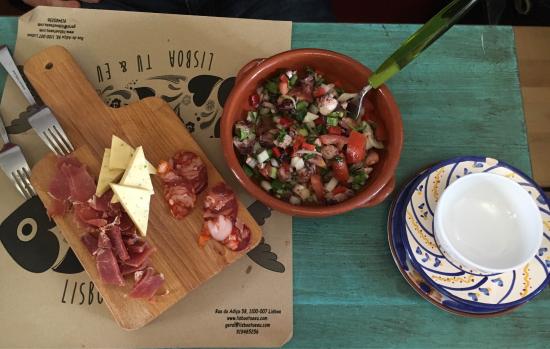
TU & EU
Alfama is the remaining original district of Lisbon and it’s twisting cobbled streets lead you through the medieval history of the city. Once home to the poor, Alfama now is a popular tourist area with the restored castle, Castello de Sao Jorge, sitting at the top of the hill.
There are several lookout points as you walk up towards the castle, where you can take in the view of the Tejo River and the cruise ships moored at the base of the terracotta roofscape.
If the steep streets and alleyways prove too much the Number 28 tram will provide relief for the foot-weary but be prepared for crowds and pickpockets.
In Alfama you will also find St. Anthony’s church, built on his birthplace, Lisbon’s cathedral and the Fado museum, which will explain the history behind this mournful traditional Portuguese music. There are great places here to stop for a cold beer, “green” wine and tasty food such as Tu & Eu, a quirky little café on R. Adiça that serves local fish dishes.
BELEM
A little farther outside the city centre is Belém, situated alongside the Tejo or Tagus River, which is full of great attractions such as Mosteiro dos Jeronimus, a stunning monastery, the Discoveries monument celebrating Portugal’s explorers, several great museums and the lovely little watchtower that has become Lisbon’s symbol.
Belém is easily reached by bus and tram and provides some great places for a lazy lunch.
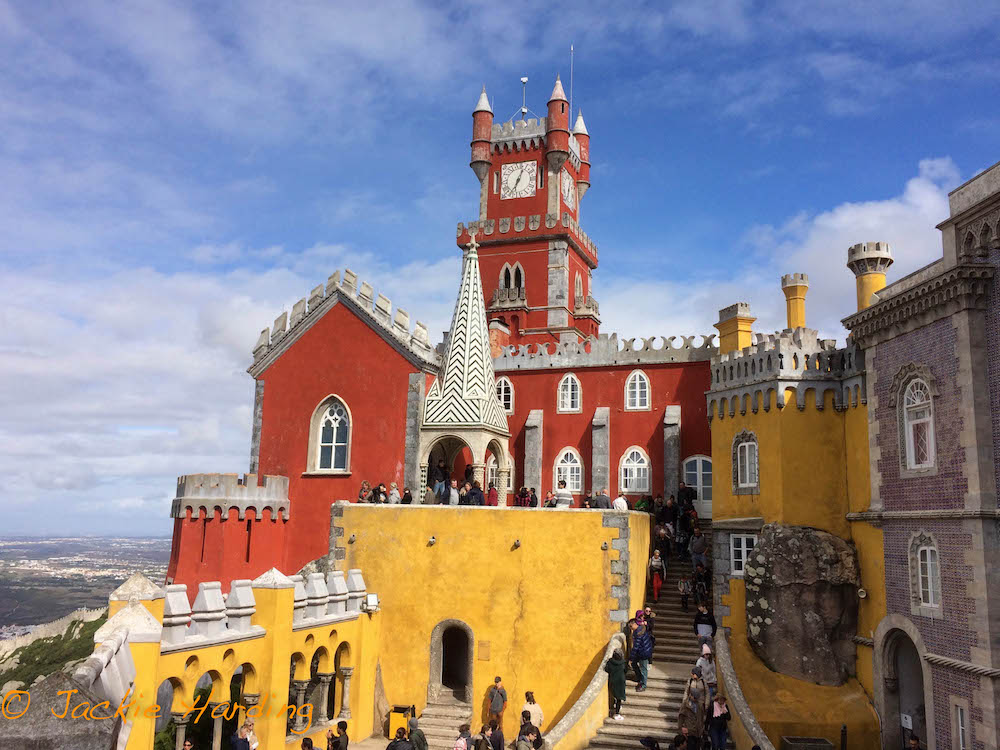
PENA PALACE
SINTRA
Of course, no visit to Lisbon would be complete without a 40-minute train ride to the charming UNESCO town of Sintra and its plethora of palaces. Be warned this is incredibly popular with tourists and it’s advisable to book tickets for the palaces on-line and buy your train tickets the day before travel.
It was busy at the end of October so I cannot imagine what it’s like in high season! Most people visit the National Palace, Pena Palace and the 9th century Castle of the Moors whilst they are there but there are many more places to explore which may require an overnight stay.
Pena Palace is a Disneyland style Romanticist palace built in the 19th century and is incredibly beautiful, perched atop the hill. It is a tough hours walk uphill if you should choose to do it, but there is a regular bus that drops off at the various palaces or you can do what we did and take a tuk-tuk.
It is a little more expensive but our Erasmus student driver “George from Georgia,” gave us a lot of local information as we rode up the hill and made a chilly ride very enjoyable, even stopping for photo ops. The palace was well worth the visit and we enjoyed the walk back down the hill, through the forested palace grounds and the hillside beneath the Moors Castle.
Sintra and its palaces is a touristic hub but if you can time your visit out of season it is truly worth it for the “wow” factor.
My weekend trip to Lisbon has whetted my travel appetite and I plan on a return trip soon, to continue exploring this welcoming, delightful city and its surround … and I also will need to satisfy my craving for another pata de nata!
By the way, Netherlands-based expats can fly direct to Lisbon from Eindhoven Airport with Transavia and Ryanair.
About the author:
 Jackie Harding was born in the United Kingdom. As a longtime expat, she’s lived in Boston for 12 years, and in the Netherlands for the past eight years.
Jackie Harding was born in the United Kingdom. As a longtime expat, she’s lived in Boston for 12 years, and in the Netherlands for the past eight years.
Trained as a nurse in the U.K., she worked for nine years in the United States for as a special education teacher’s assistant. Since moving to the Netherlands, she has discovered writing and photography.
Writing for Dispatches since 2016, Jackie has written about her travels around Europe as well as about expat life and issues.
She also covered Women’s March Amsterdam.
She’s married to British businessman Martin Harding and is the mother of two international adult children.
You can read more of Jackie’s work for Dispatches here.
Photographer/writer Jackie Harding was born in the United Kingdom. As a long-time expat, she lived in Boston for 12 years and in the Netherlands for the past 10 years.
Trained as a nurse in the U.K., she worked for nine years in the United States as a special education teacher’s assistant. Since moving to the Netherlands, she has discovered writing and photography.
Contributing to Dispatches since 2016, Jackie has written about her travels around Europe as well as about expat life and issues.
She also covered the Women’s March Amsterdam.
She’s married to British businessman Martin Harding and is the mother of two international adult children.


